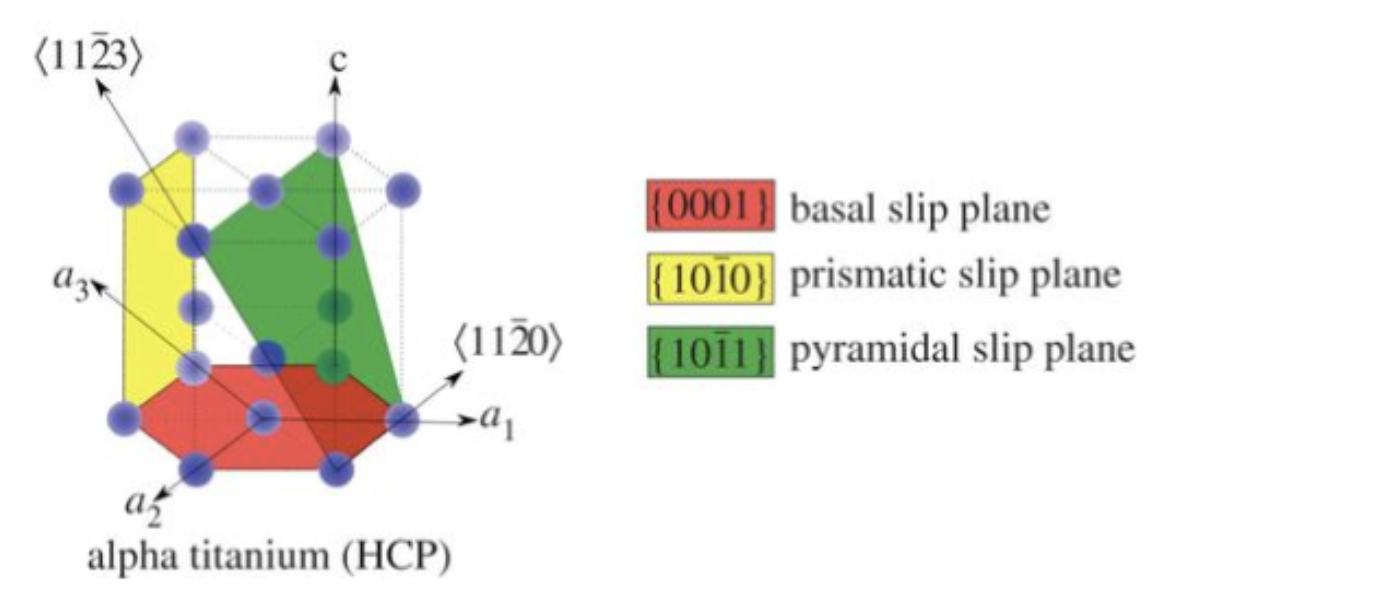Publications & Manuscripts
C++ design patterns for low-latency applications including high-frequency trading.
Abstract
This work aims to bridge the existing knowledge gap in the optimisation of latency-critical code, specifically focusing on high-frequency trading (HFT) sys- tems. The research culminates in three main contributions: the creation of a Low-Latency Programming Repository, the optimisation of a market-neutral sta- tistical arbitrage pairs trading strategy, and the implementation of the Disruptor pattern in C++. The repository serves as a practical guide and is enriched with rigorous statistical benchmarking, while the trading strategy optimisation led to substantial improvements in speed and profitability. The Disruptor pat- tern showcased significant performance enhancement over traditional queuing methods. Evaluation metrics include speed, cache utilisation, and statistical sig- nificance, among others. Techniques like cache warming and constexpr showed the most significant gains in latency reduction. Future directions involve ex- panding the repository, testing the optimised trading algorithm in a live trading environment, and integrating the Disruptor pattern with the trading algorithm for comprehensive system benchmarking. The report is valuable for academics and industry practitioners seeking to improve performance in latency-sensitive applications.
Bilokon, P., Gunduz, B. C++ design patterns for low-latency applications including high-frequency trading. 2023. SSRN [under-review, preprint]
Additional Information: Presentation, Code Repository, Under review by Journal of Parallel and Distributed Computing
Research & Theses
Computational Modelling of Dwell Fatigue Failure in Ti-6Al-4V Aero-engines.
Abstract
Jetliners in the 1950s ensured that measures to understand and mitigate against future fatigue failures were essential to the aerospace industry. As materials are pushed to deliver greater performance their responses to cyclic loading remains critical to delivering structural integrity. In some Ti alloys it is known that sustained hold periods at the peaks of applied load-unload cycles causes a marked (up to ten-fold) decrease in the fatigue lifetime. This failure mode is complicated and poorly understood and was implicated in recent Air France Flight 66 incident (September 2017) in which the fan section at the front of one of four Engine Alliance GP7270 engines failed catastrophically. Amazingly none of the 521 passengers and crew were seriously injured. The Oxford Micromechanics Group have been working on the science underpinning cold dwell fatigue in Ti alloys. This project contributed through (i) analysis of synchrotron x-ray diffraction data from Ti-6Al-4V alloy sample deformed in-situ in ‘stress relaxation’ experiments, (ii) simulated the deformation response using existing computational models to match observed experimental results and extract key mechanical properties parameters, (iii) used the simulations to explore various ‘what if’ scenarios linking microstructural features in the model to mechanical responses.
Artificial Neural Network (ANN) modelling of the mechanical properties in new advanced materials.
Abstract
Computer-based artificial intelligent models were developed to analyse and predict the correlation between processing parameters and the mechanical properties of alloy steels by applying artificial neural network (ANN) modelling methodology. The inputs consisted of alloy composition, heat treatment, and temperature. The outputs included hardness (Vickers), ultimate tensile strength (UTS), yield tensile strength (YTS), elongation at break, reduction of area, modulus of elasticity, bulk modulus, Poisson's ratio, machinability, and shear modulus. The neural network models are trained with an extensive dataset, composed of data from 1397 alloy steels, collected from MatWeb.com, an online, searchable material property database. The models are based on a feedforward hierarchical neural network built in MATLAB R2020b 9.9® using the Neural Network Fitting Tool. Excellent performance of the neural network models is achieved. The models achieved an average correlation coefficient (R) value of 0.89473 and an average relative error percentage of 0.0766%. Finally, the processing parameters and material compositions are optimised for different industrial applications. However, the maximum error value in the elongation at break neural network model was -133.983% which is unacceptable. Due to such anomaly error values, the models cannot solely replace physical testing. Nevertheless, as the average regression and error values were excellent, the models can be used in combination with physical testing. All four deliverables have been successfully met, including all five objectives. The fourth deliverable has been explored beyond the initial objective, pushing the project to a greater depth. A critical analysis of the methodology, including five methods of improvement, is included.
Additional Information: Thesis, Veryan Stephens Prize







